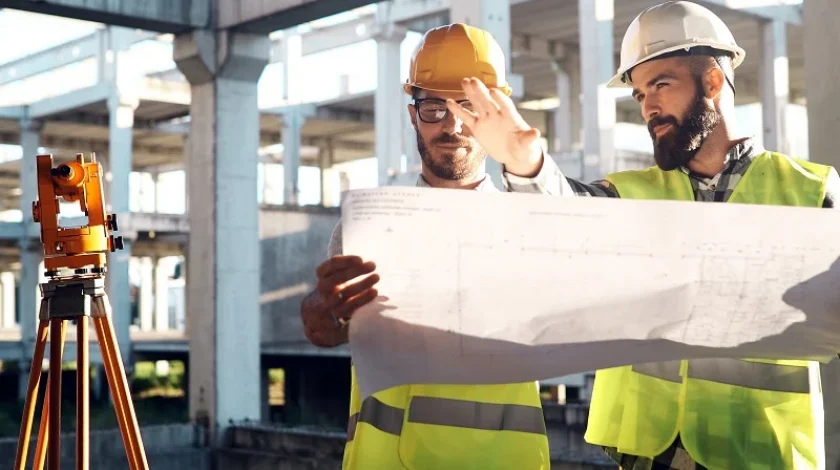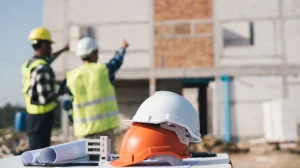Contracts, written or otherwise, form the fabric of any construction related business. This article follows on from our earlier article about how COVID-19 is impacting supply chains in the Building & Construction industry.
Contracts involve different parties with different interests to protect and all parties are well advised to review their contracts to identify areas which are exposed to the detrimental effects of the pandemic.
Step 1 – identify all your contracts.
This means identify all contracts with all parties with whom you do business, for example:
- Your business partners, joint venture parties, shareholders
- Your lenders and financiers and parties to whom you have provided security for your obligations
- Parties to whom you have lent funds or from whom you have been provided security for obligations owed to you
- Your suppliers of goods and services
- A lease for an office or storage
- A lease on plant and equipment
- Your customers [principals, contractors, sub-contractors] to whom you provide goods and services
Step 2 – identify in each contract your following rights and obligations:
- What are the outstanding obligations owed to you?
- In what circumstances can these obligations be excused or waived?
- Are you required to do anything to prevent the waiver being engaged? If you fail to contradict the waiver or failure to perform by the other party you may lose the right to enforce your rights against the other non-complying party now or in the future.
- What are the outstanding obligations owed by you?
- In what circumstances can you waive or disregard your obligations, and is there a time frame within which you must act to waive your obligations?
- Do you want to waive your obligations or terminate the agreement in the circumstances? For example, you must make claims for extensions of time [EOT] and delays within a prescribed period of time. Does the agreement allow you to do so?
- Have laws been made or changes to allow you to waive or terminate or suspend your obligations?
Step 3 – act on those provisions in the agreement for obligations owed to you:
- Is there a force majeure clause in an agreement where you receive goods or services from another party?
- Do the terms of the force majeure clause permit yourself or the other party to terminate the agreement in the event of a “pandemic”?
- If the other party has not acted to terminate the agreement, in circumstances where they are entitled to, do you wish to terminate the agreement?
- Does the agreement contain other terms to enforce the termination of the agreement, or the suspension of work arising out of the pandemic?
- Must you serve a delay claim/extension of time claim within certain time frames under your agreement to obtain the benefit of the delay/EOT?
- Are you prohibited from making claims for delays and EOT after a prescribed period of time?
Step 4 – observe the timing for Payment Claims, Payment Schedules and Applications for Adjudication under the Building & Construction Industry Security of Payments Act in your contracts and agreements so as not to miss out on payments due to you and payments owed by you to others. For a ready reference to these time frames please contact our Building & Construction team at Coleman Greig. Maintain a register of dates due, and dates on which Payment Claims and Payment Schedules and Applications for Adjudication are served.
Step 5 – keep paper records of dates and how you have completed each of the above steps and record all communications you engaged in to deal with issues with other parties. It is prudent to identify in writing how the issue was related to the effects of the pandemic. This will create a record for future reference if you are required to make a claim against another party, or if you are required to defend or mitigate a claim brought by another party against you.
Part of these written records will include how the pandemic has affected your business and the additional costs you have incurred, the delays you have incurred, the non-performance by other parties and the effects of that non-performance, the absence of supplies of materials and the effect of the lack of materials. Again, record due dates under contracts and the dates for expected delays or notice of non-delivery.
Step 6 – communicate with the other parties to your agreements in a timely manner. Most contracts will have prescribed time frames, but regardless of these time frames, act as quickly as possible to communicate any impending delays, or non-supply or goods and services, how these delays have occurred as a consequence of the pandemic and the likely/estimated costs of non-performance or delays to you or to the other party.
Step 7 – identify government incentives and assistance proposals and packages and match them up with your requirements. Bear in mind changes to laws and practices, which may also have an effect on your business and how you can recover money from other parties. We refer you to our blog on changes to insolvency laws and leasing laws on our website.
Step 8 – mitigate, mitigate, mitigate.
Even where you do experience loss or damage as a result of the pandemic in the form of the non-performance of an obligation by another party you are advised to do your best to mitigate your loss or damage. It is essential to also record in writing your efforts to mitigate any losses, by maintaining your communications with the other party, your efforts to contact alternative suppliers, maintaining records of alternative costs and expenses to claim the difference as a part of any available remedy.
At the time of writing this article on 15 April 2020 construction sites in NSW are permitted to operate on weekends and public holidays, irrespective of the terms of their development consents but subject to prescribed conditions and a general obligation to minimise noise on those additional days [“Minister Orders 2020” Department of Planning website: https://www.planningportal.nsw.gov.au/Orders].
Construction sites are subject to safe social distancing rules and the other processes in place in all workplaces to protect workers on site and may be subject to random audits.
If you need further assistance in any of the above steps, please do not hesitate to contact a member of Coleman Greig’s Building and Construction team, who would be more than happy to assist you.














